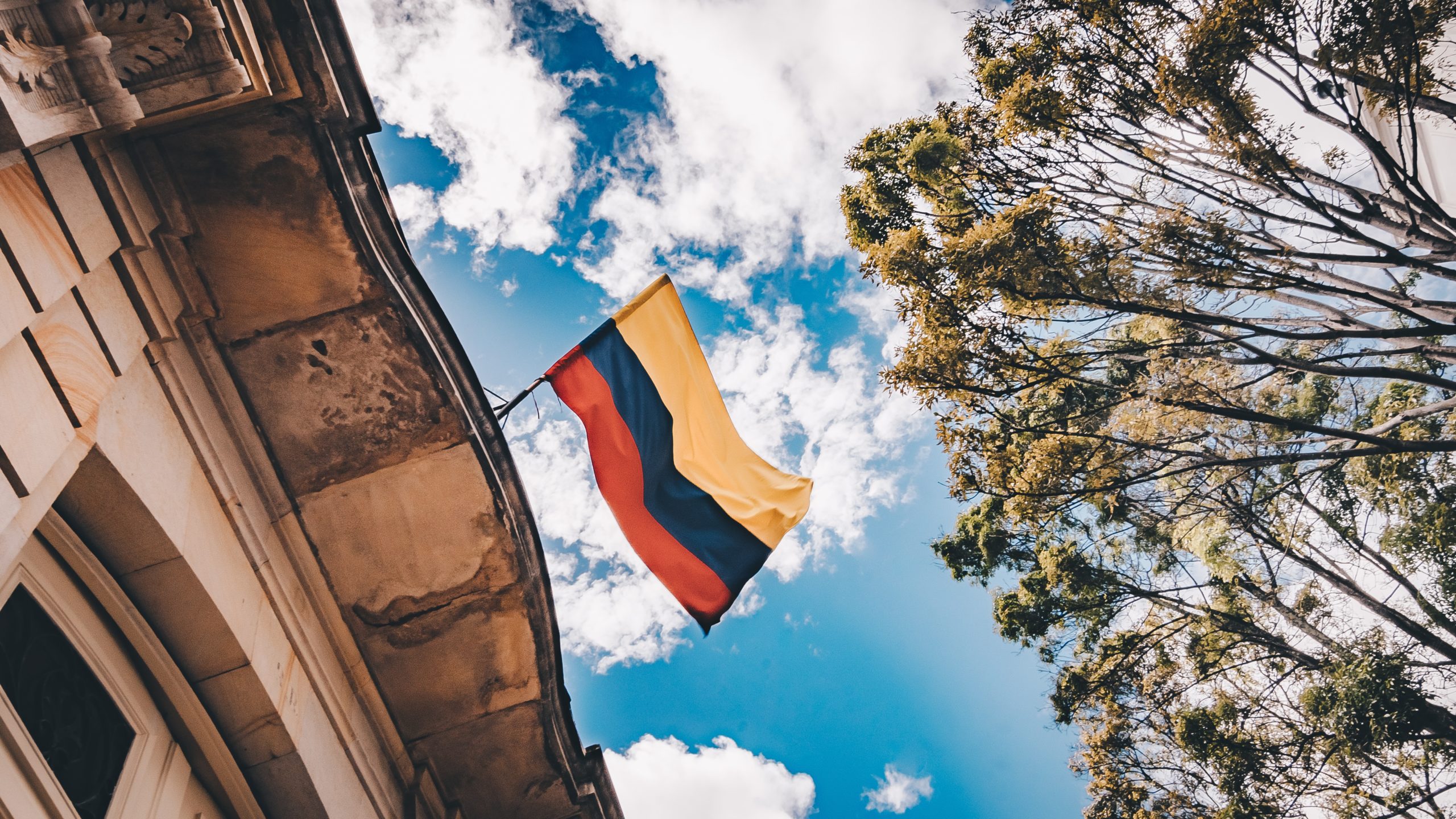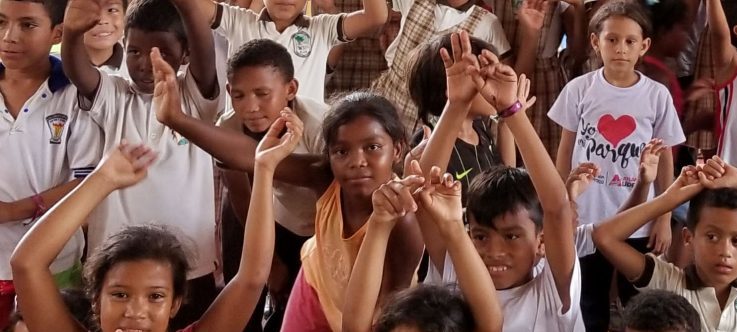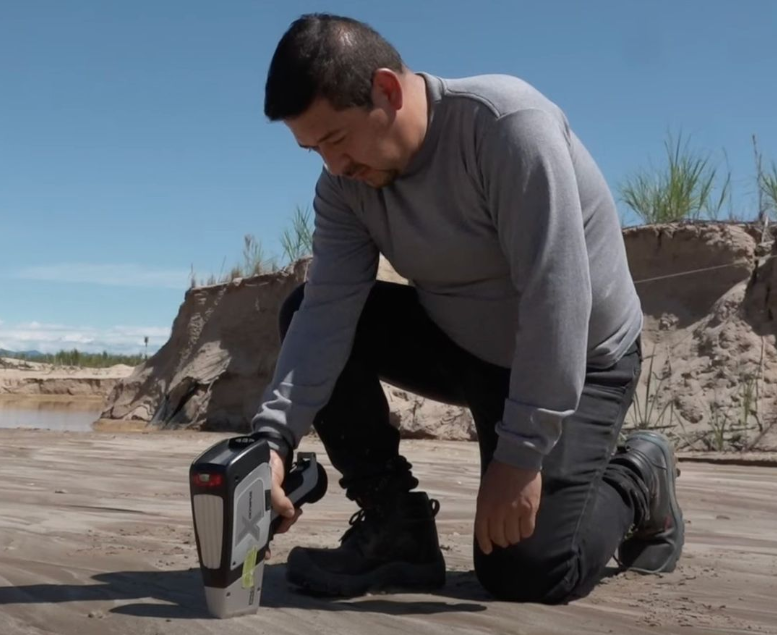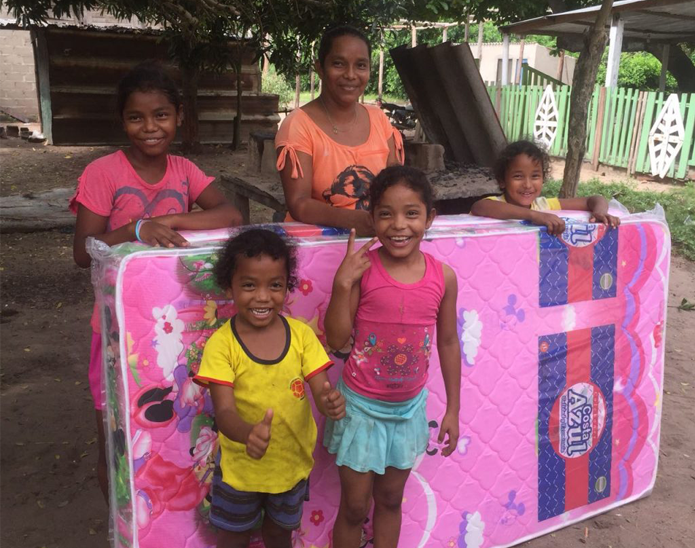In Colombia, air, water, and soil pollution was responsible for 8% of deaths in 2019, according to the study conducted by the National Health Observatory (ONS) of the National Institute of Health (INS). This study indicated that there were a total of 17,549 deaths attributed to environmental risk factors.
Since we started operations in Colombia at the end of 2016, we have been working on multiple fronts to reduce the prevalence of toxic pollution and the cost associated with human health; It is a long-term work, in alliance with local and national authorities as a contribution to country programs and defined public policies. In this way, the programs have focused on vulnerable communities in the context of the social problems that impact Colombia.
On a national level, Pure Earth has initiated a Health and Pollution Action Plan (HPAP) with the support of the government of Colombia. Since 2018, Colombian office has been working with several national and regional governmental agencies on prioritizing issues in health and pollution and providing continued support for implementation of recommended policies and programs, and for proposal drafting after the reports are validated.
In addition, since 2016 through Pure Earth’s TSIP (Toxic Sites Identification Program) has been completed about 105 toxic site investigations in Colombia under the program, of which 56 correspond to sites contaminated with Hg. Data for many of the sites have already been reviewed and entered into the TSIP database. Hence, Pure Earth is also conducting pilot cleanups of mercury contamination caused by artisanal gold mining in Colombia.
The history of mining in Colombia, including the industry’s large growth in the 1970s due to the oil crisis, involved an expansion in gold mining in different regions in the country (PNUMA, 2012).
Colombia is the second largest producer of gold in Latin America, with an annual production of 47,838 kgs (López A. Suarez OJ. Hoyos M. & Montes C., 2012). However, most is produced in an artisanal manner with 200,000 miners officially producing 30 tons of gold per annum (Cordy, 2011). Some 50% of gold mining activities is thought to be informal mining (PNUMA & Ambiente), 2012). Despite some attempts to implement better gold extraction techniques and prohibit the use of mercury as of June 2018 in mining activities that continue to present health effects due to mercury contamination.
Another important project for Colombian office is focused on lead contamination where many interventions activities have been developed in excavating and disposing of contaminated soil at a former lead smelting location in conjunction with house cleaning, community education, and blood testing. For years, parents in Malambo, Colombia, didn’t know that their children were sleeping on poison. Surrounded by five lead smelters, Malambo was heavily contaminated with lead. Over the years, lead had polluted the ground, settled on almost every surface in the community, and even soaked into mattresses.
In November 2018, Pure Earth worked with USAID to replace the mattresses of children with the highest blood lead levels.
We are also following up with health monitoring to determine the effectiveness of competed lead cleanup, while providing training on the proper way to recycle used lead-acid batteries. The goal is to build capacity to help the country address lead poisoning caused by battery recycling and mercury pollution caused by gold-mining.




